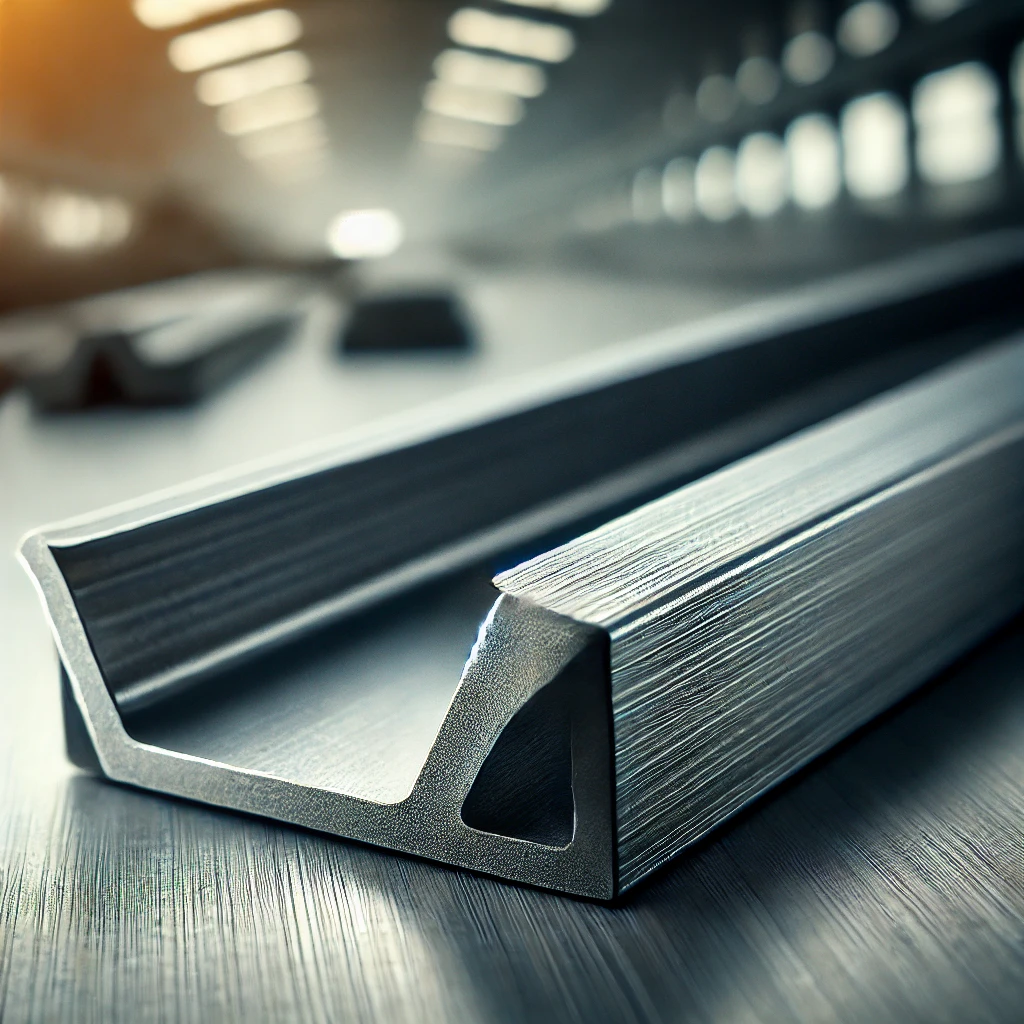Mild Steel (MS) pipes are manufactured using low carbon (less than 0.25%) steel to sustain temperature and pressure. Due to low carbon content the pipes do not harden and are easy to use. As MS Pipes are made from mild steel they can easily be welded and formed in various shapes as per the client’s requirement and sizes for pipelining and tubing purposes. These are generally used for drinking water supply i.e. Plumbing, Firefighting, HVAC but can also be used in various other Industrial and Engineering applications. These pipes are usually coated with other metals/paints/varnish etc. to prevent it from rusting but extra care should be taken to prevent it under extreme conditions.

MS Angles are primarily made from mild steel, which consists of iron with a small percentage of carbon. This composition gives the material a balance of strength and flexibility, making it easy to cut, weld, and shape for different applications. The angles are manufactured through a hot-rolling process, where steel billets are heated and shaped into the desired L-profile. The two sides of the L can either be of equal or unequal length, depending on the specific requirements of the application.
MS Angles are available in two main types: equal angles and unequal angles. Equal angles have both sides of the L-section measuring the same length, making them suitable for balanced load distribution. Unequal angles, on the other hand, have one side longer than the other, providing additional support in applications that require asymmetrical load-bearing capacity. Apart from these basic types, MS Angles can also be galvanized or powder-coated to enhance their resistance to corrosion, especially for outdoor and marine applications.
The production of MS Angles begins with the selection of high-quality mild steel billets. These billets are heated to high temperatures and passed through rolling mills, where they are shaped into L-sections. The process ensures that the steel retains its structural integrity while achieving the desired dimensions. After rolling, the angles are cooled and cut into standard or customized lengths. In some cases, the angles undergo additional treatments such as galvanization, which involves coating the steel with zinc to prevent rusting.
Size IN mm | WEIGHT PER METER IN k.g. | Size IN mm | WEIGHT PER METER IN k.g. |
20 x 20 x 3 | 0.9 | 75 x 75 x 10 | 11 |
25 x 25 x 3 | 1.1 | 90 x 90 x 8 | 10.8 |
25 x 25 x 5 | 1.8 | 90 x 90 x 10 | 13.4 |
30 x 30 x 3 | 1.4 | 100 x 100 x 6 | 9.2 |
35 x 35 x 5 | 2.6 | 100 x 100 x 8 | 12.1 |
40 x 40 x 3 | 1.8 | 100 x 100 x 10 | 14.9 |
40 x 40 x 5 | 3 | 100 x 100 x 12 | 17.7 |
40 x 40 x 6 | 3.5 | 110 x 110 x 8 | 13.4 |
50 x 50 x 5 | 3.8 | 110 x 110 x 10 | 16.5 |
50 x 50 x 6 | 4.5 | 130 x 130 x 10 | 19.7 |
65 x 65 x 6 | 5.8 | 130 x 130 x 12 | 23.4 |
65 x 65 x 8 | 7.7 | 150 x 150 x 10 | 22.8 |
65 x 65 x 10 | 9.4 | 150 x 150 x 12 | 27.2 |
75 x 75 x 6 | 6.8 | 200 x 200 x 12 | 36.6 |
75 x 75 x 8 | 8.9 |
…

NMA with Passion © 2025 All rights reserved